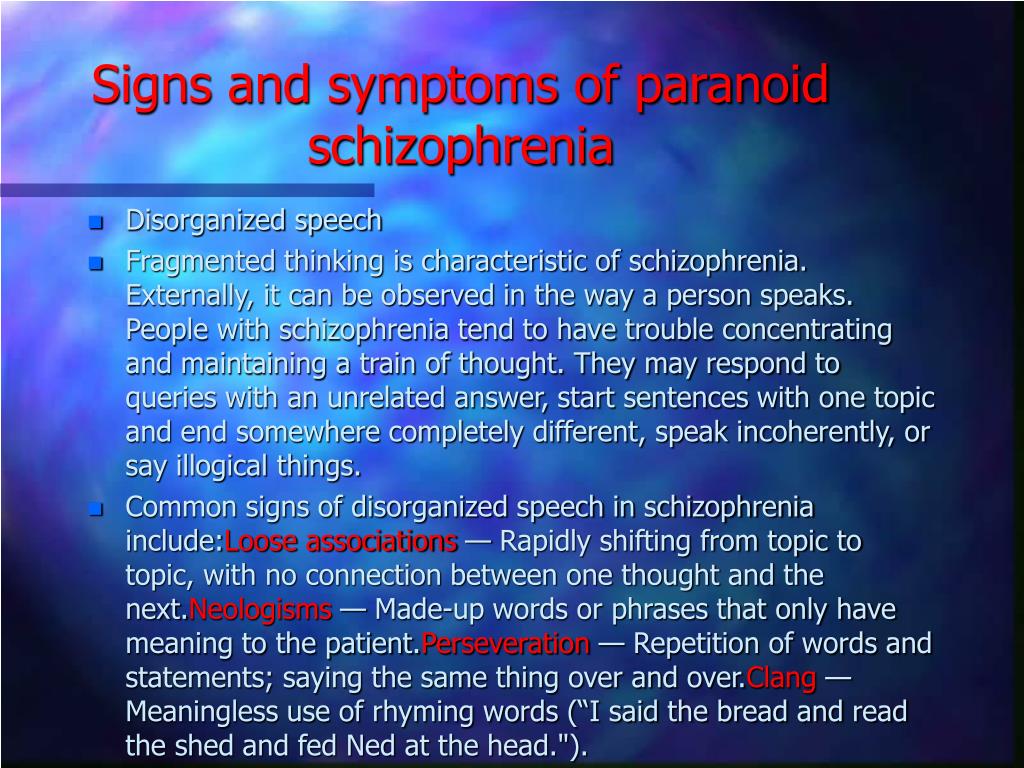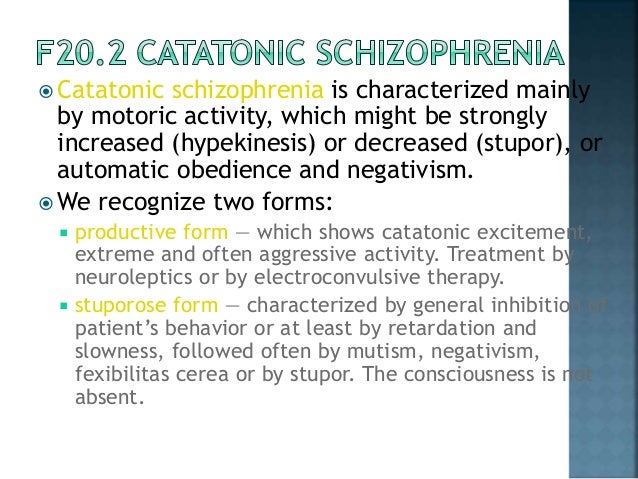
Research in social cognition in Scz has revealed reliable and large impairments in understanding first and second order false beliefs ( Bora et al., 2009a Bozikas et al., 2011), understanding indirect messages ( Corcoran et al., 1995 Greig et al., 2004), inferring affect based on photos of the area around the eyes ( Baron-Cohen et al., 2001) identifying irony and faux pas ( Shamay-Tsoory et al., 2005 Chung et al., 2014), and making inferences concerning real time social interactions ( Bazin et al., 2009 Ouellet et al., 2010 Montag et al., 2011). The discovery of this ability coupled with the large inventory of tests used as a measure, allowed researchers to make strides in the understanding of atypical development and specifically in schizophrenia (Scz) ( Frith, 1992 Frith and Corcoran, 1996 Langdon and Coltheart, 1999 Champagne et al., 2005 Champagne-Lavau et al., 2006, 2007 Uhlhaas et al., 2006 Martino et al., 2007). ToM is defined as the ability to attribute, correctly or incorrectly, beliefs, knowledge, feelings or intentions to others, in order to understand and predict their behavior ( Perner, 1991 Perner and Lang, 2000 Green et al., 2008).

Theory of mind (ToM) is but one component of social cognition Green et al. These findings support the hypothesis of multiple ToM components. The ToM tests shared few EF correlates and each had its own best EF predictor. We considered the relationship between the performance on eight EF tests and five ToM tests in the same diagnosed and non-clinical individuals as in the first study. We hypothesized that correlations between the different EF measures and ToM tests would differ sufficiently within and between groups to support this hypothesis. These results led us to postulate that there is more than one component to ToM. There was also overmentalization in some ToM tests and under-mentalisation in others. As well, the tests were not equally sensitive to the pathology. A principal components analysis revealed that the results on the ToM battery could be explained by one general ToM factor with the possibility of a latent second factor. Only the Reading the Mind in the Eyes Test did not distinguish between groups.


We previously reported finding that performance was impaired on four out of five theory of mind (ToM) tests in a group of 21 individuals diagnosed with paranoid schizophrenia (pScz), relative to a non-clinical group of 29 individuals ( Scherzer et al., 2012). 5Centre Hospitalier de l’Université de Montréal, Montréal, QC, Canada.4Hôpital Rivière-des-Prairies, Montréal, QC, Canada.3Hôpital du Sacré-Coeur de Montréal et sa Fondation, Montréal, QC, Canada.2Institut des sciences cognitives, Université du Québec à Montréal, Montréal, QC, Canada.1Département de Psychologie, Université du Québec à Montréal, Montréal, QC, Canada.Peter Scherzer 1,2*, André Achim 1,2, Edith Léveillé 1,3, Emilie Boisseau 1,4 and Emmanuel Stip 5


 0 kommentar(er)
0 kommentar(er)
